Letters to the Editor
Dogs’ tails and other trivia
Dear Editor,
I am grateful to Daniel Thomas for pointing out errors and inconsistencies where they exist in my book Australian Pastoral: The making of a white landscape (November 2007). In a work of 90,000 words and 600 footnotes, there will inevitably be some errors. However, most of what Thomas says are errors are not. My reference to ‘Lady Jane Franklin’ follows the Australian Dictionary of Biography. ‘Walter Baldwin Spencer’, although often called Baldwin Spencer, follows his biographers and the ADB. ‘James Stuart Macdonald’ is referred to thus in the first reference and then as ‘James Macdonald’ or ‘J.S. Macdonald’. All are correct and hardly hanging offences, but Thomas, who has known me for more than twenty years, spells my own name in two different ways, one wrongly, in his review. ‘Claude Lorraine’ is not a spelling mistake but accepted usage (The Oxford Companion to Art).
Thomas carelessly reproduces errors contained in an earlier review of my book by Frank Campbell. Referring to Campbell’s comments about my discussion of S.T. Gill’s ‘Winter’ picture, Thomas says, ‘Hoorn did not know a fox’s tail from a dingo’s’. But the experts agree with me. Appleyard, Fargher and the current director of the National Gallery of Australia, Ron Radford, in their authoritative S.T. Gill’s The South Australian Years 1839–1852 (1986), say, as I do, that it is a fox’s tail. They note the hunting of dingoes in the colony, but nevertheless state: ‘In this watercolour, Gill portrays a hunter in his pink coat and riding boots with a fox’s brush in hand’. On the dates of Gill’s Months and Seasons, Thomas again follows Campbell. But Gill did not date these pictures, so there is no ‘correct date’. I followed those supplied by the National Library as a condition of reproduction, while pointing out politely in a footnote that I dispute the library’s dating. I state they were ‘almost certainly painted five years earlier’. The National Library has now adjusted the dates in my favour. No one knows when foxes were introduced, but if we did, it wouldn’t settle the matter, as Gill may have followed the conventional iconography of the hunt regardless.
‘Australianisms’, according to Thomas, ‘are misused’. He claims that Shearing the rams ‘is not an “outback” subject’. However, William Moore, in his famous two-volume Story of Australian Art, selects it as one of the ‘most characteristic pictures of outback life’, describing it as ‘typical’. Today, reproductions and tapestries are on display at the Stockman’s Hall of Fame and Outback Heritage Centre in Longreach and at Shear Outback, The Shearers Hall of Fame in Hay, attesting to its popularity as an outback image. The date of the appearance of ‘pastoralist’ to describe a sheep farmer is not relevant as I am talking about the way contemporary historians use the term.
Thomas has made a number of factual errors. He says that I have ‘ignored’ Glover’s Mills’ Plains picture. This is completely incorrect: I discuss its composition on page 86. His dismissive comment, ‘cattle-grazing fails to interest Hoorn’, is particularly odd: I refer to cattle and their grazing no less than forty-three times. I propose new arguments about their depiction, as in the lengthy discussion presented about the bulls in Bushy Park on pages 130–31. This lack of ‘interest’ in cattle-grazing has, according to Thomas, led to my neglect of Nolan. But Nolan was not a major painter of the pastoral, nor is he known to be a painter of grazing cattle. It is disappointing that my substantive and original arguments are not addressed. They have been neglected in favour of dogs’ tails and other trivia.
Jeanette Hoorn, Melbourne, Vic.
Academy Editions of Australian Literature
Dear Editor,
I refer to the call in ‘Advances’ for scholarly editions of Australian literature (October 2007). I remind you that such a library was inaugurated by the Australian Academy of the Humanities, with its Academy Editions of Australian Literature.
The first of twelve titles was published by UQP in 1996: Henry Kingsley’s The Recollections of Geoffry Hamlyn. Under the general editorship of Paul Eggert, and with the cooperation of many scholars throughout Australia, a beautifully crafted series of library-shelf-enhancing volumes resulted from the page layout designed by the late Alec Bolton. The series includes Henry Handel Richardson’s Maurice Guest and The Getting of Wisdom, edited by Clive Probyn and Bruce Steele; novels by Rolf Boldrewood (Robbery Under Arms), Marcus Clarke (His Natural Life) and Catherine Martin (An Australian Girl); a volume of colonial plays; Annie Baxter Dawbin’s journal; and the collected verse of Mary Gilmore, in two volumes. Charles Harpur’s poetry and Henry Lawson’s While the Billy Boils are in preparation.
Details of the project may be found at: www. humanities.org.au/Publications/AEAL/AcademyEditions.htm.
Regrettably, the series will not emulate the Library of America; neither do the volumes meet your inexpensive requirement. Academy efforts to find ongoing government or corporate sponsorship failed, while financial stringency and meagre media notice necessitated small print runs. Evidently, cultural sponsorship fares better in the United States.
John Mulvaney
Honorary Secretary Australian Academy of the Humanities, 1989–96


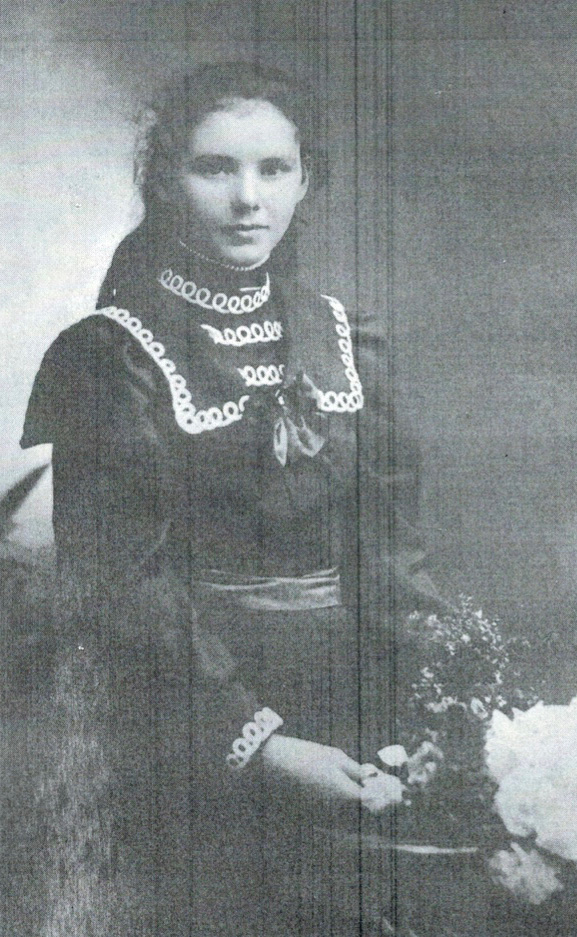
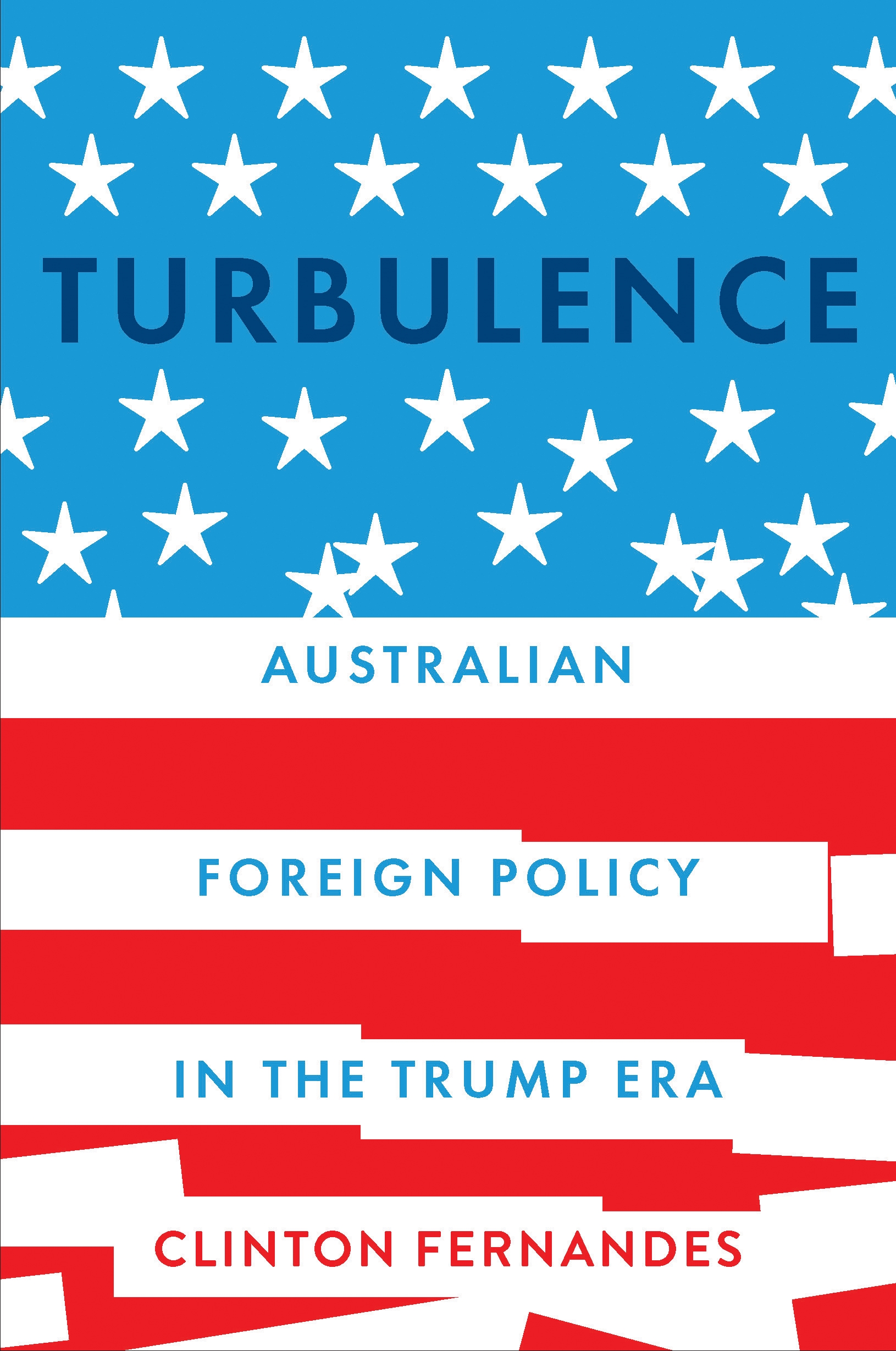

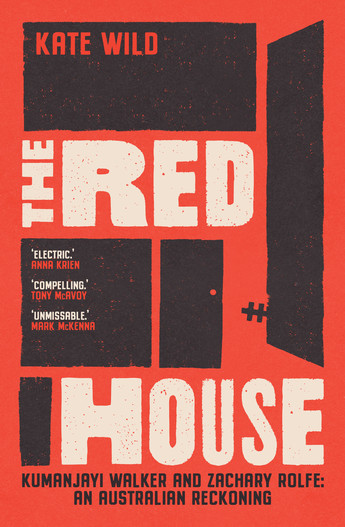
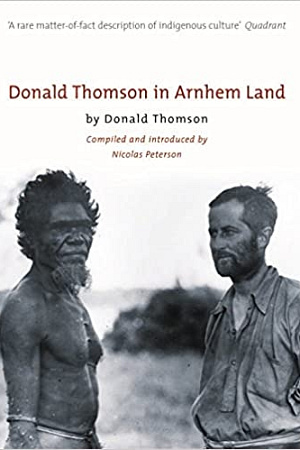
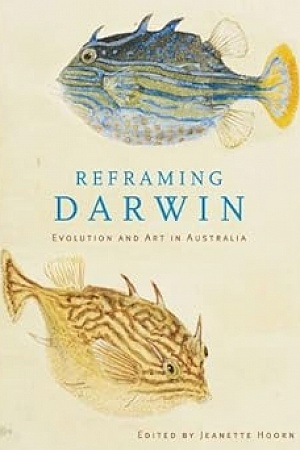
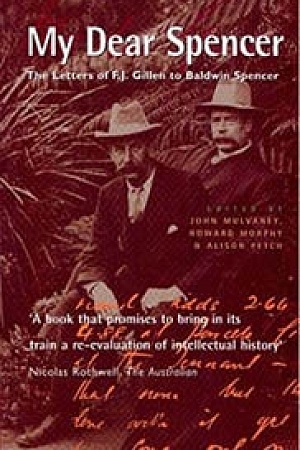
Leave a comment
If you are an ABR subscriber, you will need to sign in to post a comment.
If you have forgotten your sign in details, or if you receive an error message when trying to submit your comment, please email your comment (and the name of the article to which it relates) to ABR Comments. We will review your comment and, subject to approval, we will post it under your name.
Please note that all comments must be approved by ABR and comply with our Terms & Conditions.